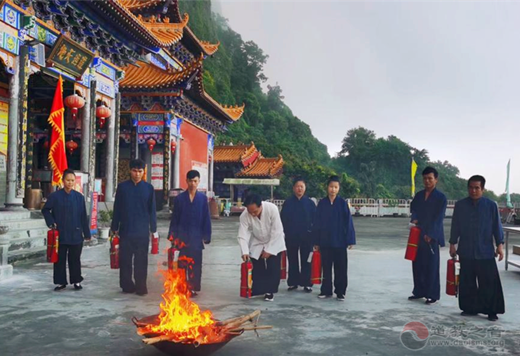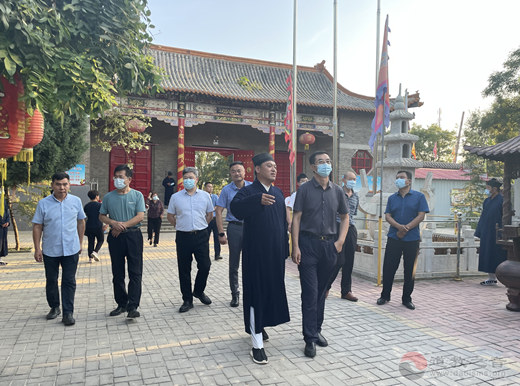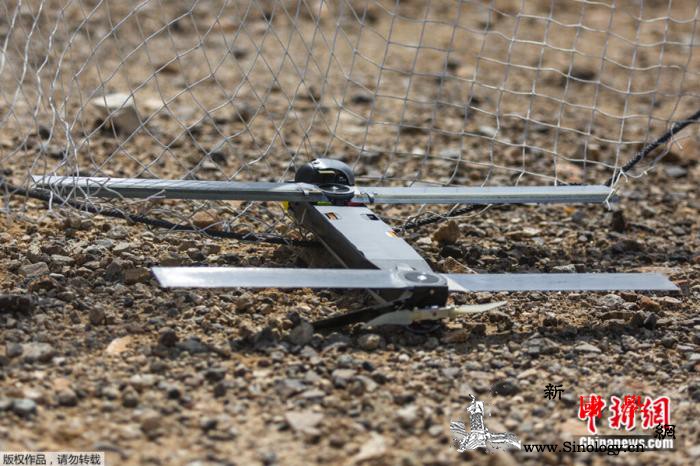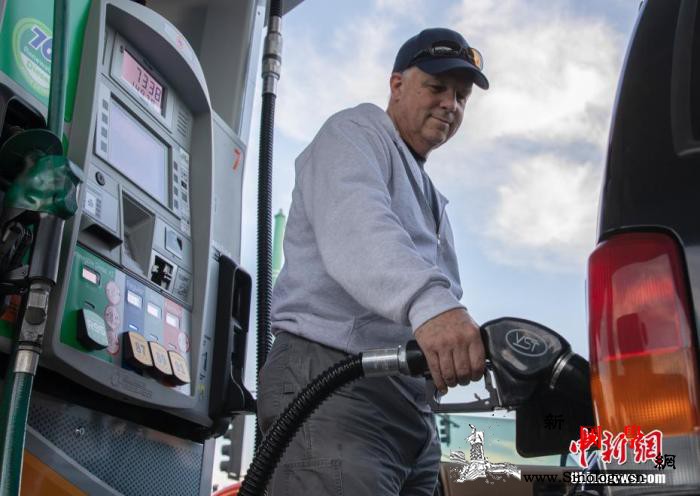资料表明,虽然傅中望于上个世纪85新潮期间曾借鉴美国雕塑家大卫·史密斯的手法,创作了一些具有中国意味的金属焊接雕塑作品,如《天地间》等,但很快就终止了相关探索。这是因为他敏感意识到:尽管他的结构性雕塑在当时的中国雕塑界堪称为新颖之作,可从更大的范围上看,其并没有从观念和形态上超越西方的前辈。而这样的反思既使他改而把眼光投向了自己的文化传统,即榫卯结构之上,也领悟到了其和西方的垒砌结构在文化上的差异和造物意识的不同。此后,通过对各地传统建筑的认真考察与对相关书籍的刻苦钻研,傅中望终于将传统榫卯结构加以转换,并推出了一大批优秀作品——如《榫卯•楔子》、《榫卯结构•地门1#》等等,于是,世界雕塑史的崭新篇章也被揭开了。
《榫卯结构•地门》600cm×600cm×20cm,木、石,1994
然而,在寻找到了新的创作路子后,傅中望是不是就万事大吉了呢?
答案是绝对否定的。有一点他无法回避,即在取得很高的艺术成就后,他要么是延续过去的老路子不断地走下去;要么是求新求变,以迈向更高的艺术目标。很明显,如若选择前者,他也许会走向结壳,给人以重复自己的印象;但如若选择后者,则有可能因达不到过去的学术高度,又让人有今不如昔或江郎才尽的感觉。
十分难能可贵的是,傅中望最终选择了求新求变,其行为也表明了他内心的强大。应该说,自1997年以后,他的艺术探索方案其实有两个,而且往往是在交替着使用:第一个方案是在继续延用过去的榫卯语言的情况下,并不一定限于对木质材料的运用,有时还会强调多种材质——如木材、石头、陶器、不锈钢、废旧钢铁与电子废弃物的结合。他个人将其称为“异质同构”;第二个方案则有了较大的变化,即在强调对传统借鉴的过程中,由于视野或思路更加开阔,故并没限于使用榫卯语言,而是运用了更多的表现手段。
《楔子6#》 木 30cmX50cmX50cm 木 1993
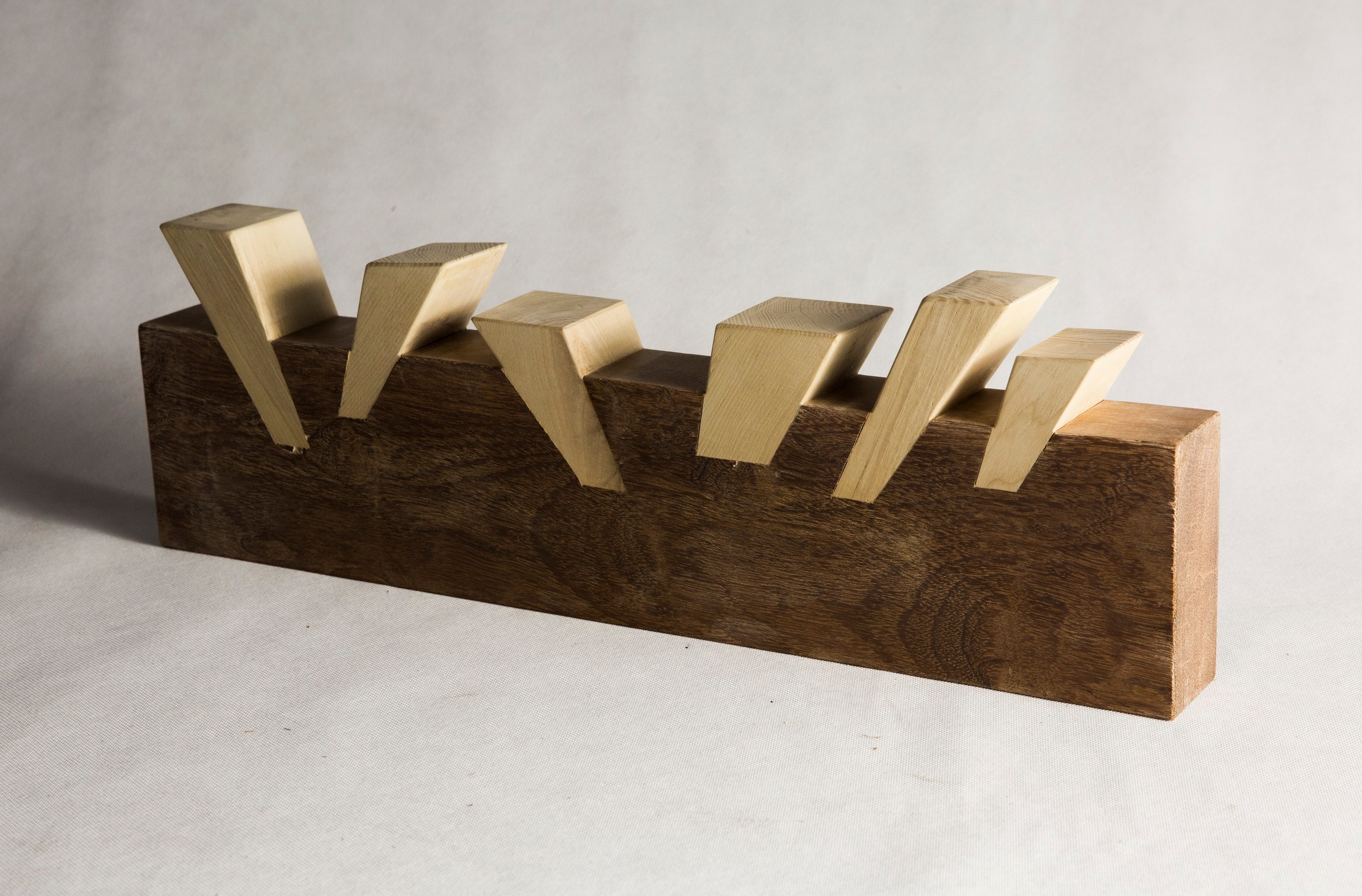
《楔子3#》 木 63x6.5x20cm 2014
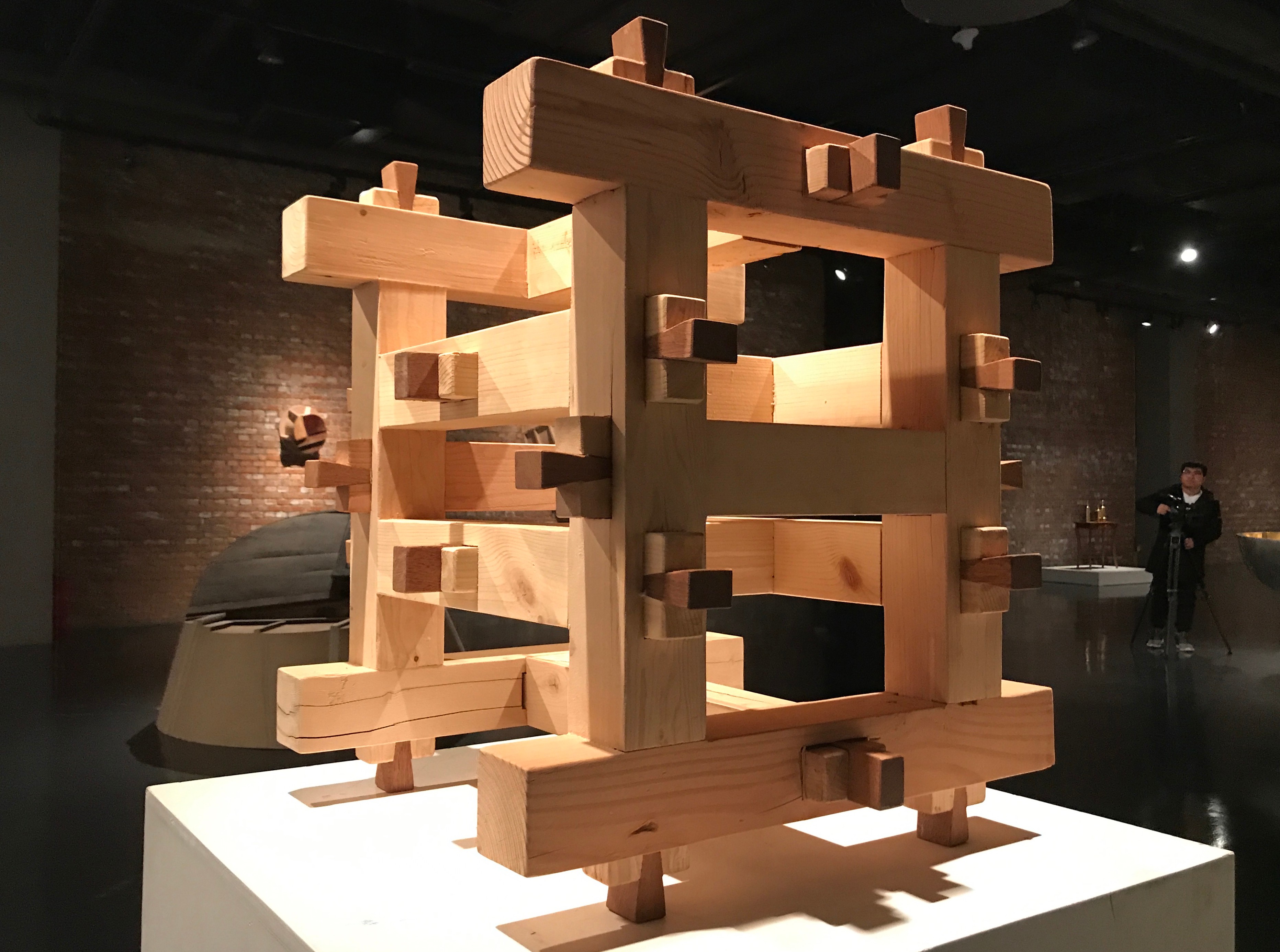
《楔子2#》 木 60cmX 68cm X71cm 2018
我注意到,从2018年至今,他更多是创作《楔子》系列。在这里,必须加以说明,其实,艺术家在上个世纪80年代末已经开始了相关创作,不过当初基本上还是以木材为媒介制作一些具有榫卯特点的作品,只是近作彻底改变了方向,即不再考虑造型与观赏的问题,而是或者在不同的现场实施打入楔子的行为,或者借助于科技手段,在一些影像中将楔子“打入”不同的建筑与现场中。众所周知,楔子本来是一种填充在器物的空隙使其牢固的木橛、木片等。后来,文人们有时将一些小说的开头部分引申为楔子,有时将插在两折戏曲之间的小段引申为楔子。可在艺术家那里,楔子其实是作为一种介入性新元素来使用的,即会使其与不同的环境而产生新的关系或意义。也因为千变万化,在此就不一一介绍了,还是留待观众去针对不同作品做解读吧!
回望傅中望的创作历程,我深深感到,贯穿在他的大多数作品中的“创作逻辑”一直是:在努力表达当代感受的前提下,努力从中国自身文化土壤与传统中寻求借鉴与转换。那么,在接下来的岁月中,他还能迈上更新的台阶吗?我且拭目以待。
是为跋。
2020年8月26日初稿于武汉合美术馆
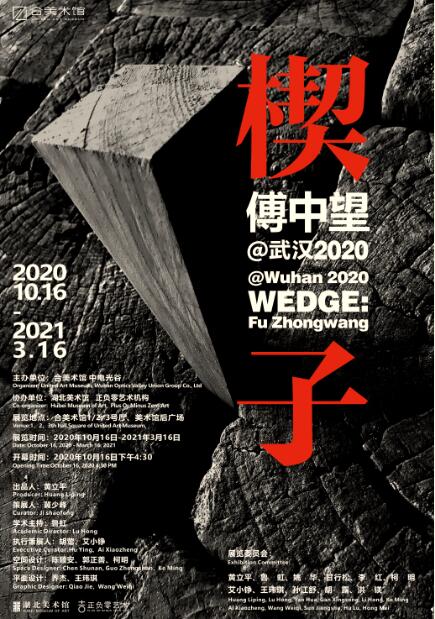
Postscript
Lu Hong
Some data indicate that although Fu Zhongwang used the techniques of American sculptor David Smith to create some Chinese metal welding sculptures, such as Heaven and Earth during the 85th New Wave of the last century, he quickly stopped related exploration. This is because he quickly and sensitively realized: although his structural sculptures were regarded as novel works in the Chinese sculpture circle at the time, they did not surpass their predecessors in the West in terms of concept and form from a broader perspective. Moreover, such a reflection made him turn his eyes to the cultural tradition of his country, that is, the tenon-and-mortise structure, and comprehend the cultural differences and the difference in creation consciousness between it and the Western building structure in the meanwhile. Since then, through careful inspection of traditional buildings in various places and assiduous study of related books, Fu Zhongwang finally converted the traditional mortise and tenon structure and published a large number of excellent works-such as Mortise and Tenon • Wedge, Tortoise and Tenon Structure • Demon and so on. As a result, a new chapter in the history of world sculpture was successfully opened.
However, after finding a new creative way, can Fu Zhongwang be fine?
The answer is absolutely negative. There is one thing that he cannot avoid, that is, after achieving high artistic achievements, he either chooses to continue the old path of the past, or he chooses to seek innovation and change in order to move towards a higher artistic goal. Obviously, if he chooses the former, he may move towards encrustation, giving people the impression of repeating himself. However, if he chooses the latter, it is possible that other people will feel that he is exhausted because he is not up to the academic height of the past.
It is very commendable that Fu Zhongwang finally chose to seek innovation and change. His behavior also shows his inner strength. It should be said that since 1997, his artistic exploration programs have actually been two, and they are often used interchangeably. The first plan is: while continuing to use the mortise and tenon language of the past, he is not necessarily limited to the use of wooden materials, and sometimes emphasizes multiple materials—such as the combination of wood, stone, pottery, stainless steel, scrap steel and electronic waste. He personally called it “heterogeneous but isomorphic.” His second plan has undergone a major change, that is, in the process of emphasizing on the traditional reference, because of the broader vision or thinking, he is not limited to using tortoise and tenon language, but uses more expressive means.
I noticed that since 2018, he has spent more time and energy creating the Wedge series. It must be explained here that, in fact, the artist has already started related creations in the late 1980s, but he basically used wood as a medium to make some works with tortoise and tenon characteristics. His recent works have completely changed the direction, that is, he no longer considers the issue of modeling and viewing. Instead, he either carried out the act of driving the wedges into different scenes, or used technological means to “punch” the wedges into different buildings and scenes in some images. As we all know, wedges are originally wooden prongs, wood chips, etc. that fill the voids of utensils to make them firm. Later, literati sometimes extended the beginning of some novels as a wedge, and sometimes extended the short section between the two folds of opera as a wedge. However, for the artist, the wedge is actually used as an interventional new element, that is, it creates a new relationship or meaning with different environments. Because of its ever-changing nature, I won’t explain it clearly here, leaving it to be comprehended by audiences according to different works.
Through retrospecting the entire creative process of Fu Zhongwang, I deeply feel that the “creative logic” that runs through most of his works has always been: under the premise of working hard to express contemporary feelings, he strives to seek reference and conversion from the Chinese distinctive cultural soil and traditions. Then, in the years to come, can he reach a new level? I will wait and see.
Exactly Postscript.
Initially drafted in Wuhan United Art Museum
on August 26, 2020
关键字: 内容标签:雕塑,上个世纪,自己的,傅中望 合美术馆 楔子 鲁虹雕塑 上个世纪 自己的 傅中望 合美术馆 楔子 鲁虹
如果本站的内容资源对您有所帮助

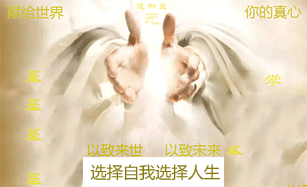
献给世界,你的真心,以致来世,以致未来

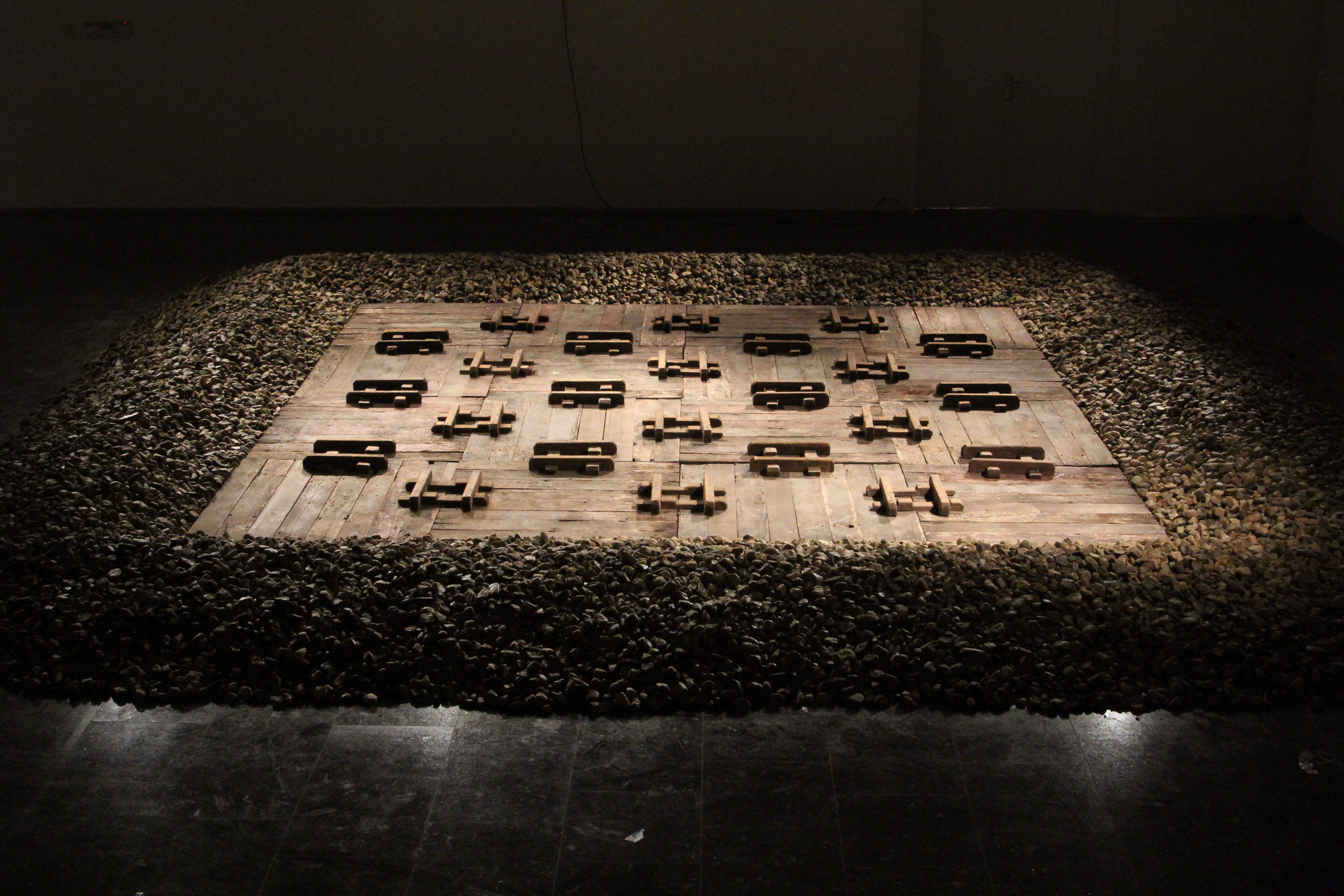

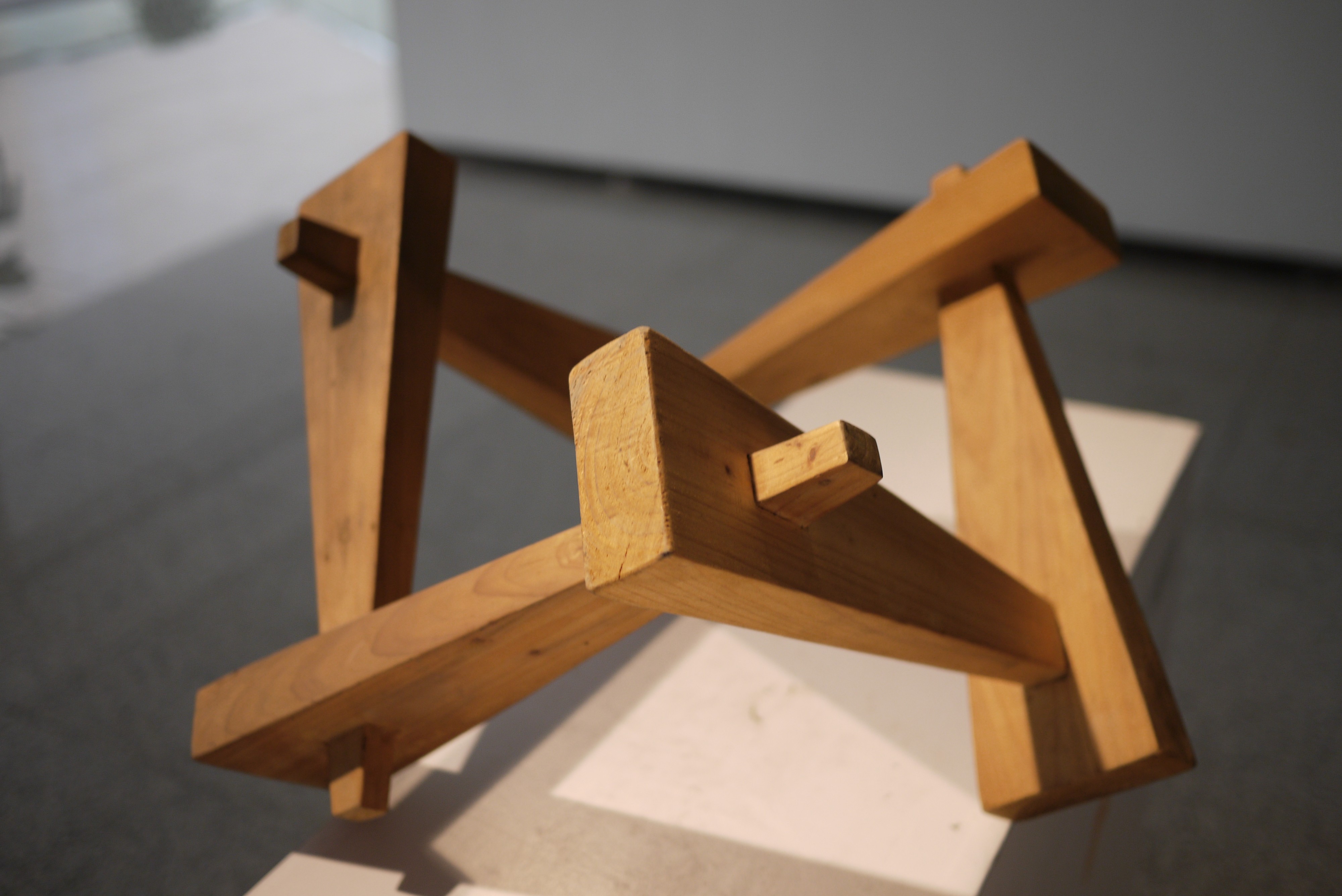

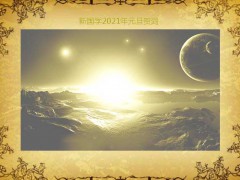
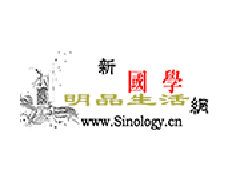
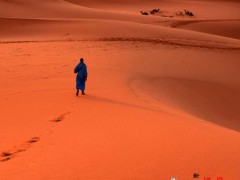
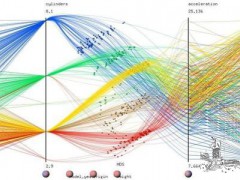
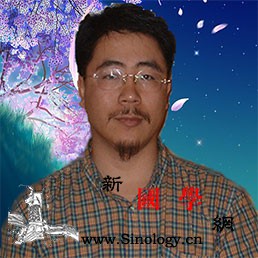
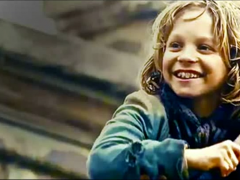
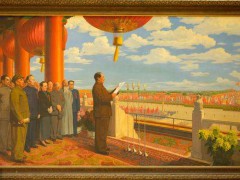
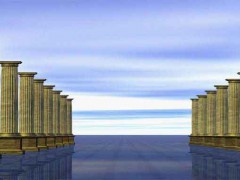
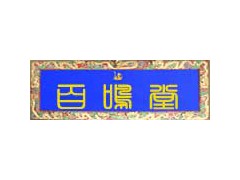
 推荐好文
推荐好文

